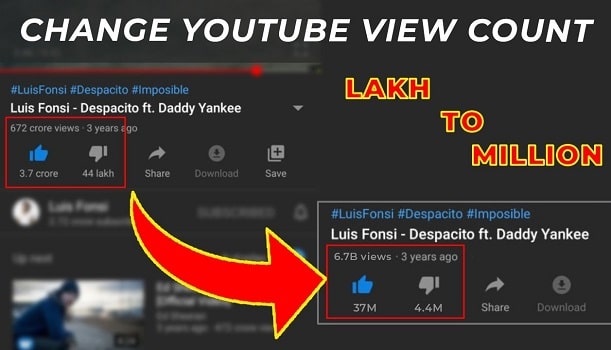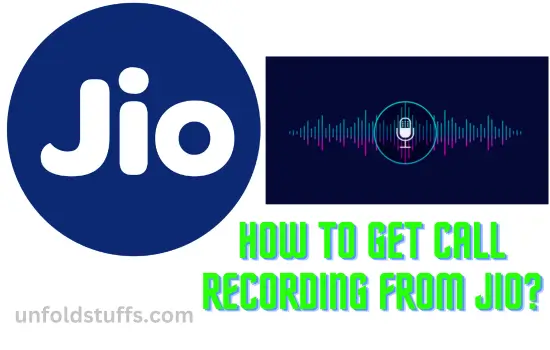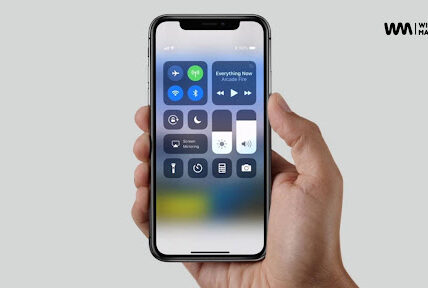Crafting compelling presentations is an essential skill in today’s professional landscape, where effective communication can make the difference between success and missed opportunities. Whether you are pitching a new idea, delivering a sales presentation, or sharing important information with stakeholders, the ability to engage and persuade your audience is paramount. This step-by-step guide will provide you with the tools and strategies to create presentations that captivate, inform, and inspire. From understanding your audience to fine-tuning your delivery, each aspect of the presentation process will be explored to help you deliver impactful and memorable presentations.
1. Understanding Your Audience
Before you start throwing pie charts and graphs around, it’s essential to know who you’re presenting to. Are they a bunch of tech-savvy millennials or seasoned professionals who still think “Google it” is a foreign language? Understanding the demographics and psychographics of your audience will help tailor your presentation to resonate with them.
Needs and Expectations
Just like a needy houseplant, your audience has specific needs and expectations. Are they looking for groundbreaking ideas or just a few tips to make it through the day without falling asleep at their desk? By understanding what your audience needs and expects from your presentation, you can deliver a compelling talk that hits the right notes.
2. Clarifying Your Message
Imagine your presentation as a Tinder bio – short, sweet, and to the point. Define your core message in a way that even your grandma would understand. What’s the one thing you want your audience to take away after they’ve endured your PowerPoint onslaught?
Crafting Strong Opening and Closing Statements
First impressions matter, even in the world of presentations. Hook your audience like a fishing enthusiast reeling in a big catch with a strong opening statement. And don’t forget to leave them wanting more with a memorable closing that sticks in their minds like a catchy tune on repeat.
3. Structuring Your Presentation
Introduction
Think of your introduction as the trailer to a blockbuster movie – it needs to grab attention and set the stage for what’s to come. Introduce yourself, your topic, and why it should matter to your audience. No spoilers, though.
Main Points and Supporting Details
Your presentation is like a sandwich – the main points are the fillings, and the supporting details are the delicious condiments that make it all come together. Organize your content in a logical flow to keep your audience engaged and craving more.
Transitions
Smooth transitions are like the butter that keeps your sandwich from falling apart. Guide your audience from one point to the next seamlessly, so they don’t get lost in the maze of information you’re throwing at them.
4. Designing Engaging Visuals
Choosing the Right Visual Aids
Visual aids are the Robin to your Batman – they complement your presentation and make it visually appealing. Choose the right visuals that enhance your message without overwhelming your audience. Remember, less is more (unless you’re talking about dessert).
Creating Visual Hierarchy
Just like a well-dressed salad, your visuals need to have layers. Use colors, fonts, and graphics to create a visual hierarchy that guides your audience’s attention where you want it. Make it easy for them to digest the information without feeling like they’ve bitten off more than they can chew.
Crafting compelling presentations is part art, part science, and a whole lot of knowing your audience. It requires understanding your audience and employing effective visuals. Integrating an AI presentation maker can enhance this process by offering intelligent suggestions for content, layout, and visuals. By leveraging this tool, you can streamline your creative process and captivate your audience with greater impact, ensuring your message resonates effectively. So, embrace AI technology to elevate your presentation skills and dazzle your audience like never before.
5. Practicing Delivery Techniques
Who knew giving a killer presentation was part of an acting gig? But fear not, even if you’re not the next Meryl Streep, you can still nail it by mastering some delivery basics.
Body Language and Vocal Variety
No need to break out your old drama class moves, but do pay attention to your body language. Stand tall, gesture naturally, and for the love of all that’s good, don’t fidget like you’re sitting on a cactus. And vocal variety? It’s like a spice rack for your speech. Mix up your tone, pace, and volume to keep your audience hooked.
Timing and Pace
Be like Goldilocks, not too fast, not too slow, but just right. Time your delivery so you’re not racing the clock or putting your audience to sleep. Pace yourself, take breaths, and remember—it’s a presentation, not a marathon.
6. Handling Q&A Sessions
Ah, the dreaded Q&A. It’s like the boss level of presentations, but with a little prep, you can conquer it like a pro.
Preparing for Potential Questions
No crystal ball? No problem. Anticipate what your audience might ask. Think like Sherlock Holmes and have your answers ready. No deerstalker hat required.
Effective Responses and Follow-up
When the questions start flying, stay cool as a cucumber. Be concise, clear, and if you don’t know the answer, it’s okay to say, “I’ll get back to you.” And remember, the follow-up game is strong. Don’t leave your audience hanging like a cliffhanger episode.
7. Incorporating Stories and Examples
Forget the boring stats and data dumps. Want your audience to listen? Tell them a story, paint a picture, and watch those eyes light up like you’re serving free pizza.
Creating Emotional Connections
Be the bard of your presentation. Infuse emotion, humor, or drama (well, maybe not too much drama) into your stories. Make your audience feel something, and they’ll remember your message long after you’ve dropped the mic.
Illuminating Concepts with Examples
Are concepts feeling a bit fuzzy? Shine a light on them with examples. Analogies, case studies, personal anecdotes—they’re like the CliffsNotes of your presentation, making complex ideas crystal clear.
8. Fine-tuning and Rehearsing
You’re almost there, champ. Just a little more polishing, and you’ll be ready to dazzle your audience like a magpie in a jewelry store.
Seeking Feedback and Iterating
Don’t be shy to ask for feedback. Your friends, colleagues, or even your goldfish can offer valuable insights. Take the feedback, tweak your presentation, and repeat until you’ve buffed out all the rough edges.
Final Rehearsals and Polishing
It’s showtime, baby! The night before, run through your presentation like you’re practicing your Oscar acceptance speech. Iron out any kinks, practice your killer smile (no, not creepy), and get ready to rock that stage like the star you are.In conclusion, mastering the art of crafting compelling presentations is a valuable skill that can enhance your professional reputation and drive your success. By following the steps outlined in this guide, you can elevate your presentations from ordinary to extraordinary. Remember to tailor your message to your audience, design engaging visuals, practice delivery techniques, and continuously refine your presentation skills. With dedication and practice, you can become a confident and effective presenter who leaves a lasting impression on every audience you encounter.

Anjali is the owner of the https://indiacsr.in/ , https://businessnewsthisweek.com/ and https://www.digitalsmagazine.com/ website. Her creative ideas, passion, and enthusiasm can be seen in her articles. Keep in touch with her for more interesting and helpful articles…….









